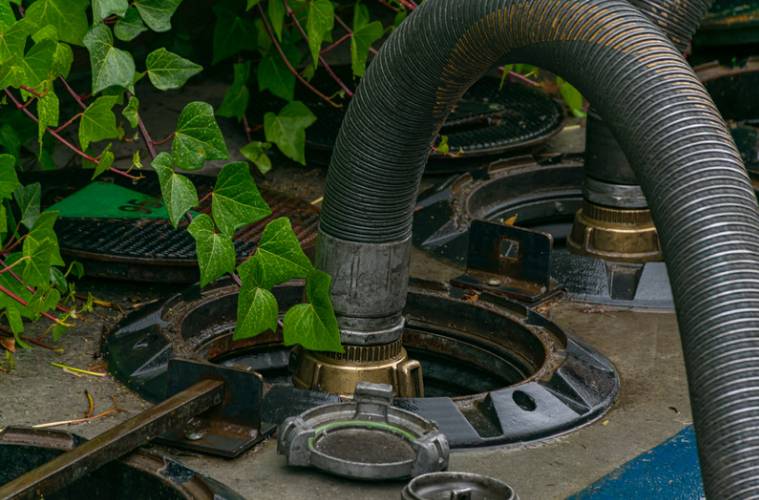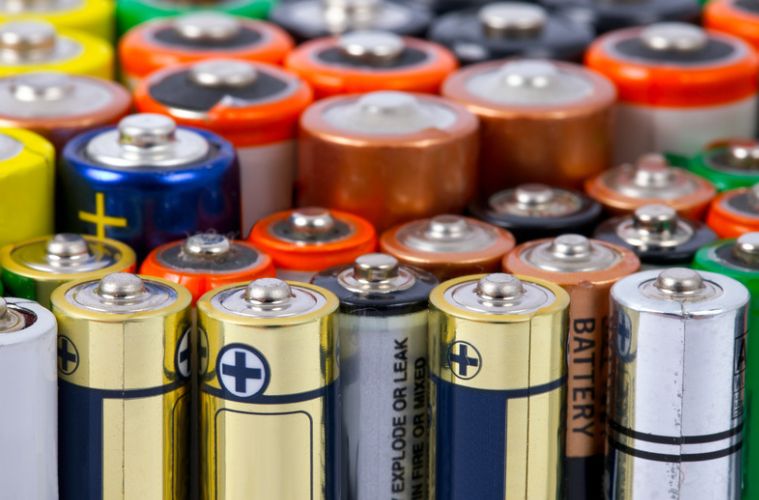
Discharging refers to the process of releasing a substance from a container or system. This can occur naturally, such as water flowing out of a river or ocean, or it can be the result of human activity, such as the release of industrial waste or sewage into the environment.
There are several types of discharges that can occur, including:
-
- Point source discharges: These are discharges that come from a single, identifiable location, such as a pipe or ditch. These types of discharges are regulated under the Clean Water Act.
- Nonpoint source discharges: These are discharges that come from diffuse sources, such as agricultural runoff or atmospheric deposition. These types of discharges are not regulated under the Clean Water Act, but can still have negative impacts on the environment.
- Air discharges: This refers to the release of pollutants into the air, such as emissions from power plants or factories. These types of discharges are regulated under the Clean Air Act.
- Hazardous waste discharges: These are discharges of toxic or dangerous materials that can harm human health or the environment. These types of discharges are regulated under the Resource Conservation and Recovery Act.
Discharges can have a variety of negative effects on the environment and human health, such as contamination of drinking water, harm to aquatic life, and air pollution. It’s important to properly manage and regulate discharges to minimize their impacts and protect the environment.




